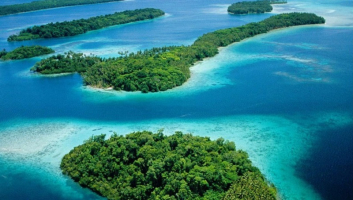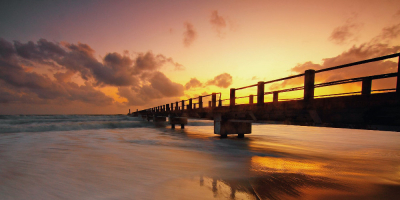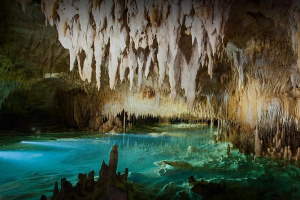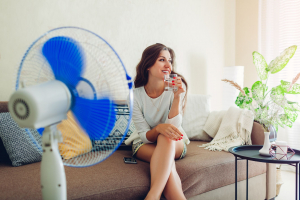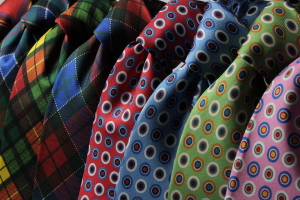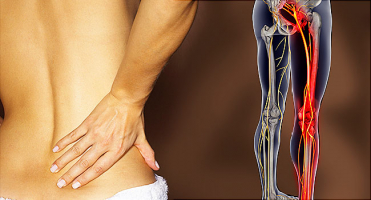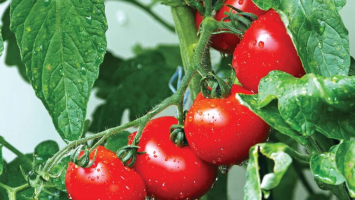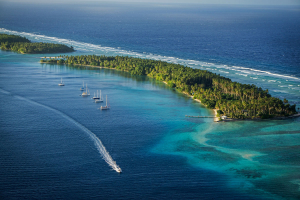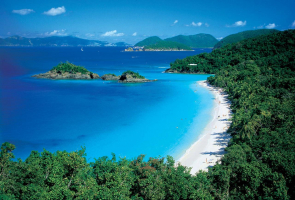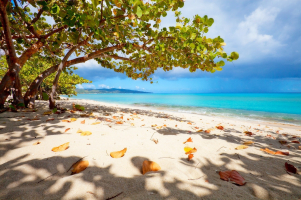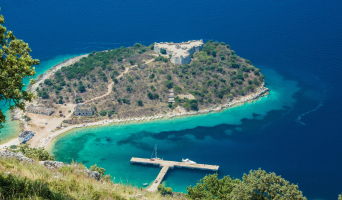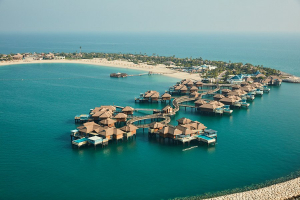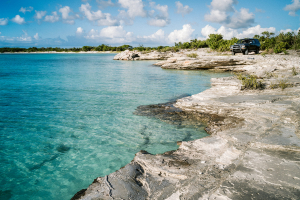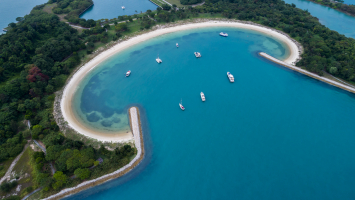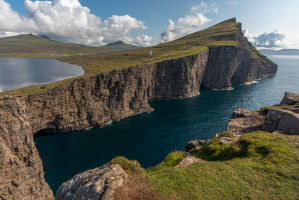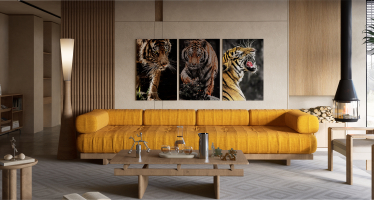Top 10 Solutions to Urban Heat Islands
Urban heat islands (UHI) are places where the temperature is much higher than in the surrounding areas. People who live in and close to heat islands have lower ... read more...air quality as a result of the heat being trapped and generated in the urban core. Additionally, they have a detrimental impact on rainfall downwind of the UHI. However, there are still many measures to reduce the harm to people and the environment. For both locals and visitors, they contribute to making cities more appealing and livable. Here are some solutions to reduce the negative effects of urban heat islands and improve cities for both the present and the future.
-
Urban planners and architects refer to these little parks as pocket parks, and they are created by converting vacant or abandoned urban assets into parks. Athens, Greece, experienced a housing boom following World War II, replacing separate homes with nearby vegetation with row upon row of apartment buildings. Beginning in the late 1990s, Athens started working on programs to turn small vacant lots, mews, and alleyways into pocket parks. Additionally, roads built for cars have been transformed into green spaces with pathways lining them for both walkers and cars. The city is kept cooler and the air quality is enhanced by the increased flora.
Other communities have recognized the benefits of pocket parks, including how they improve quality of life by providing easy ways to relieve urban stress. Numerous similar tiny parks exist in Chicago, and more are planned. Small pocket parks totaling about 3.5 acres have been constructed all across Mexico City, including in abandoned spaces under bridges and overpasses. Paris is renowned for its large boulevards and green areas, but as part of long-term urban planning, it has also implemented pocket parks.
Although pocket parks alone cannot address UHIs, they can and do help to lessen the urban core's capacity to retain heat. They also provide brief moments of calm and relaxation without having to leave the city. Urban planners are being influenced by its use in efforts to improve both quality of life and less heat-retentive urban centers. They are a powerful instrument against UHIs, whether in a big, global city or a little community.
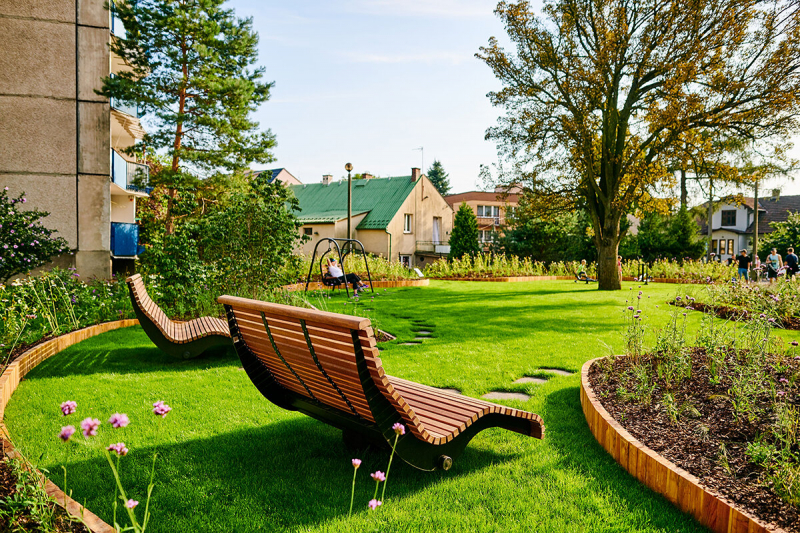
culturalheritageinaction.eu 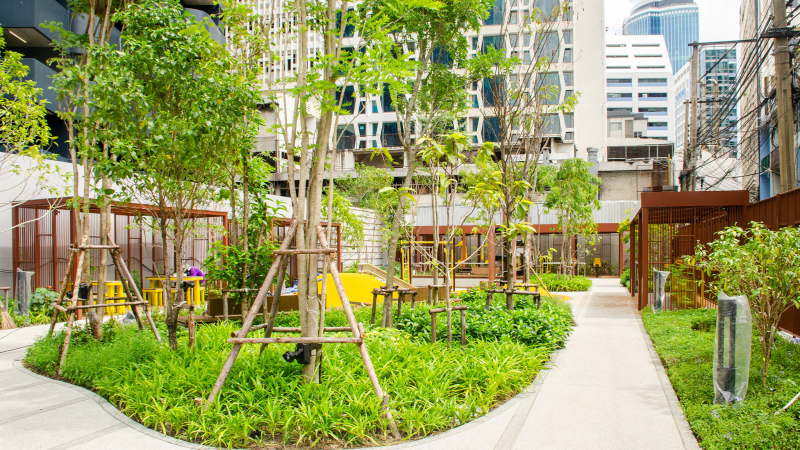
timeout.com -
Creating heat reflecting is one of the effective solutions to urban heat islands. While light colors reflect heat, dark hues absorb it. Dark-colored roofs absorbing heat during the day and dissipating it at night when it is considerably colder makes sense. The slowly dissipated heat essentially stays in a bubble over the region, which is the fundamental definition of the UHI. A dark, heat-absorbing roof can reach temperatures of more than 190 degrees on a day with an ambient air temperature of 90 degrees. When there is a concentration of such roofs, a lot of heat is trapped, which significantly raises the temperature of the UHI compared to the rural areas around it.
The apparent answer to the heat retention issue is heat-reflecting roofs. Like pocket parks, they also have additional benefits. They can lower interior building temperatures, lowering the demand for air conditioning. Reflected heat increases the useful life of roofs by reducing wear caused by the absorption of heat. Therefore, in addition to the owner and tenants of the buildings on which they are erected, cool roofs also benefit the community.
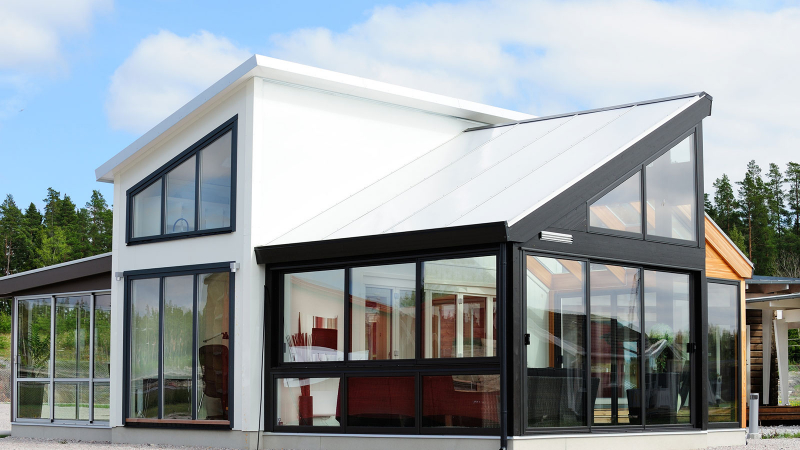
howstuffworks.com 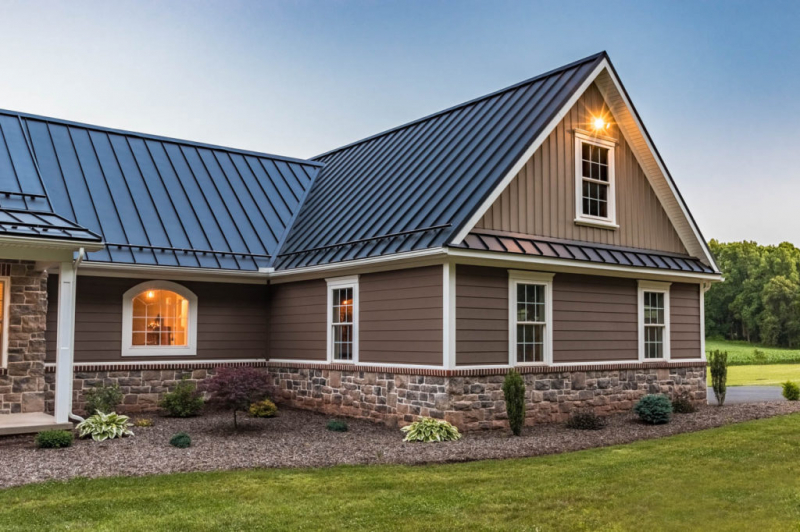
longhomeproducts.com -
There are several methods besides simply painting roofs white or coating them with reflecting material to make them cooler. There's a lot of unused room up there. It has another advantage when used in spaces where plants are cultivated since it lowers heat absorption and enhances air quality. Within the urban center, greenery in the form of fruits and vegetables can provide fresh produce that is locally cultivated. It is neither fantastical nor a glimpse into the far future. Urban farming and rooftop farming are commonplace in an increasing number of cities.
A Montreal grocery store owner transformed his 25,000-square-foot roof to grow tomatoes, herbs, beets, lettuce, and other crops. Produce from the rooftop farm is packaged and sold in the store below. It is grown on soil and is irrigated by the dehumidification plant of the store. The flat roof of the Dizengoff Center, a sizable mall in Tel Aviv, Israel, holds two enormous greenhouses used for hydroponically grown vegetables. It generates roughly 10,000 heads of lettuce every month throughout the growing season, which are sold to clients outside the mall. It also produces a wide variety of other veggies, and like in Montreal, it gives the buildings below a cooler roof.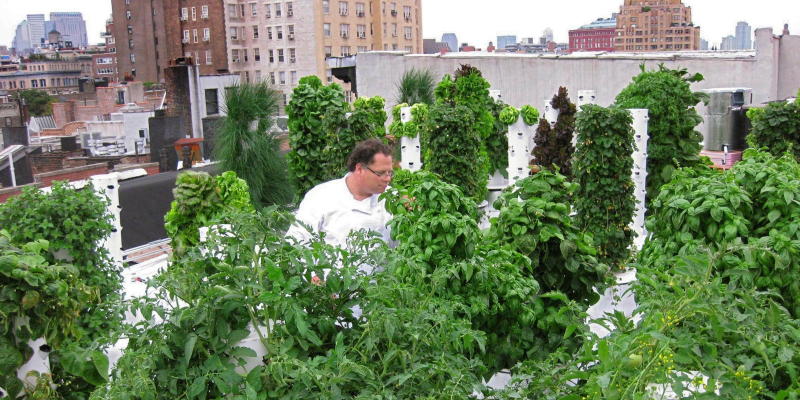
agritecture.com 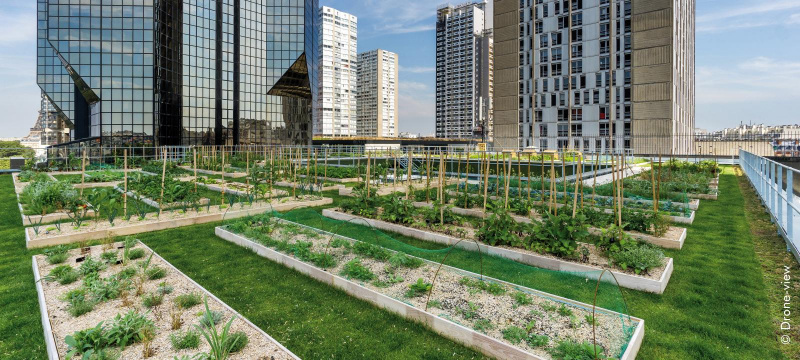
zinco-usa.com -
Dark pavements absorb a lot of heat, as anyone who has walked across an asphalt parking lot on a hot day can confirm. For both vehicles and people to move about a city, pavement is a necessity. According to research by the American Environmental Protection Agency, 35–40% of the metropolitan area of a typical metropolis is made up of pavement, making it a significant source of UHIs. Furthermore, it is more challenging to create pavements that are cooler because they cannot be covered in vegetation. In addition, other aspects including visibility, pavement durability, and pedestrian and driver safety must be taken into account.
There are compounds that can be applied to certain pavement types to improve the quantity of light that is reflected rather than absorbed. The viability of other types for the upcoming repaving of streets, roads, and parking lots has been investigated. One is permeable pavement, which has a rougher texture and lower density than conventional pavement. This allows for more convection to occur during the day and lowers the amount of heat that is retained in the pavement for later release. Additionally, it enables greater water absorption, minimizing storm runoff during heavy downpours. Pavements with lighter colors also require fewer candles for street illumination.
The use of cold pavements can lessen heat retention, which lowers the temperatures of UHIs and improves nighttime driver sight. Costs are a worry. The replacement or modification of existing pavements in cities is a very complex idea, and its implementation has an impact on commuting times, traffic patterns, and other challenges of urban life. But when the overall negative consequences of UHIs are taken into account, the possible benefits may very well outweigh the costs.
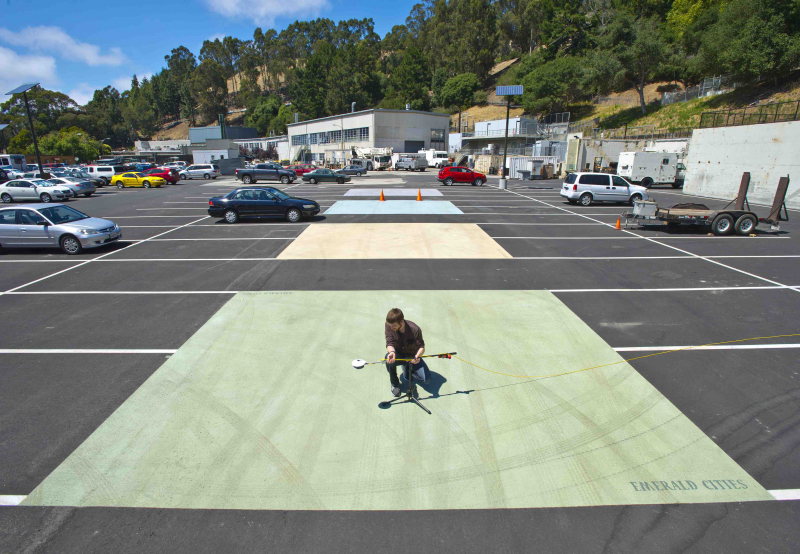
phys.org 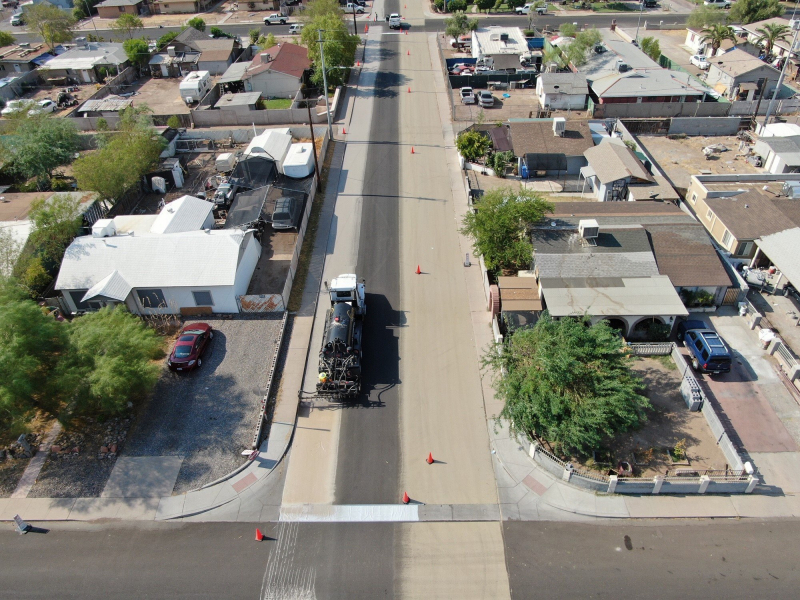
apnews.com -
Within an urban setting, blue spaces are any body of water, including lakes, ponds, running streams, fountains, and swimming pools. When planned and maintained properly, they reduce heat islands. They might make things worse if they are improperly maintained or designed. The main way that water cools is via evaporating near the surface. However, it also absorbs heat, causing the temperature of standing water to rise throughout the day as sunshine heats the surface.
Artificial blue spaces, such as fountains powered by pumps, can actually increase the heat retention effect since pumps generate friction as they operate. They also increase the need for electricity, which is another factor in heat retention. When green areas are used alongside blue spaces, the cooling impact of the former is increased, thereby creating an island inside an island or a cool zone surrounded by a greater UHI. The UHI retains less heat overall when there are more of these islands.
It has been demonstrated that adding more blue spaces to metropolitan areas has advantages beyond just lowering temperatures. Living close to blue spaces has been demonstrated to have numerous benefits, including lowering obesity rates, improving physical activity, and reducing stress. Of course, centuries' worth of effluents entering the water in far too many metropolitan places must be cleaned up if people are to fully enjoy natural blue spaces, such as rivers.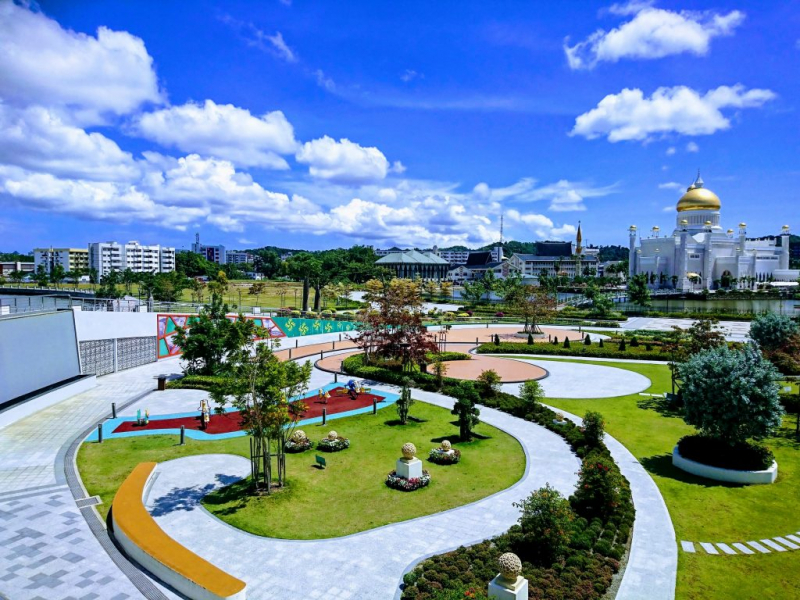
naturalwalkingcities.com 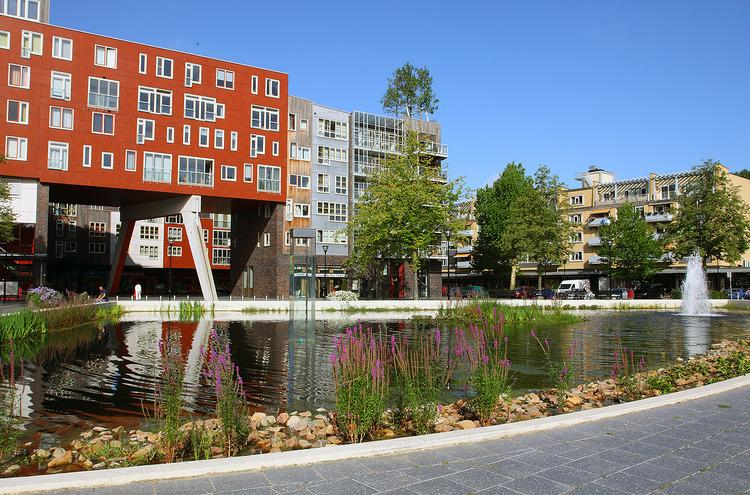
baxcompany.com -
Less sunlight reaches a city's heat-retentive surfaces as the size of the shadow canopy increases. This covers not just sidewalks and rooftops, but also the outside walls made of brick, stone, and concrete, as well as the interiors of buildings with glass siding. Large blue space regions can be protected by shade trees, and increasing blue and green space is one of the best strategies to reduce heat retention throughout the day.
There are additional benefits to urban parks and woods. Large, shaded, forested spaces in cities improve both the quality of life and the air. Louisville, Kentucky, was identified as one of the UHIs in the United States with the quickest rate of growth in a 2014 report by Georgia Tech. It also showed that the absence of trees that provide shade in many parts of the city, especially the downtown, was a significant factor in the rising temperatures. It is obvious how shade trees and heat retention are related. Therefore, more trees mean a cooler city.
Pests, blight, new development, and natural events like thunderstorms and winter blizzards are a few of the common reasons cities lose trees. According to the Georgia Tech study, enhancing the shade canopy and planting more trees is the most efficient way to lower heat buildup and the ensuing UHIs. Simply put, trees and shade provide a natural barrier against the sun's potentially harmful rays and the heat they emit.
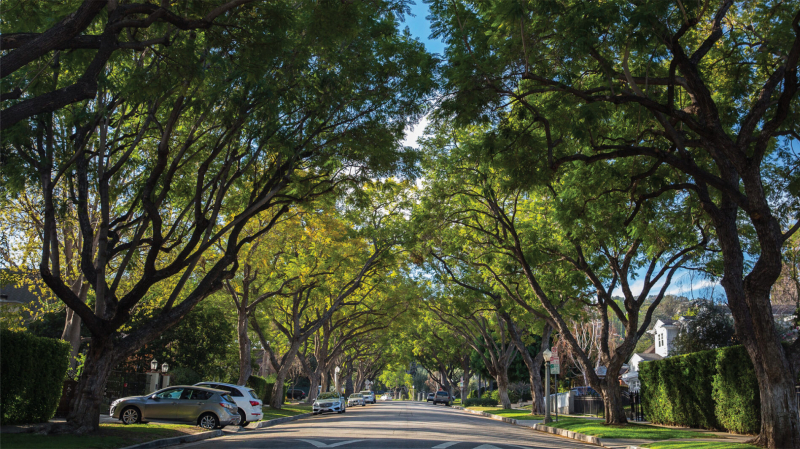
treepeople.org 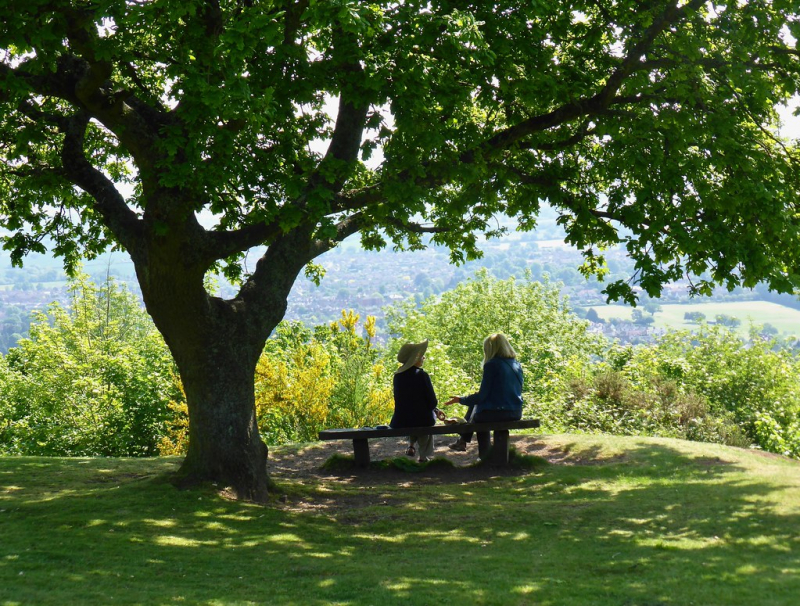
trees-sa.co.za -
In cities all around the world, vertical gardens are becoming more and more well-liked due to their aesthetic value and cost-effective effects on heat retention. This is one of the best solutions to urban heat islands. 18 specially constructed skyscrapers in Singapore have solar-powered lighting and are covered with growing vegetation. The end effect is a striking display of greenery that serves as both a significant tourist attraction and a means of cooling the city. Officials in Mexico City adopted a more pragmatic strategy. Felt-lined columns that support bridges and elevated roads support plants that receive their own rainwater collection system for irrigation.
More than 15,000 plants are growing on the vertical walls of the façade around the Musee du Quai Branly's entrance in Paris, enclosing the entryway in greenery. Seven floors of plants are climbing up a vertical corner of the outside of the London Athenaeum Hotel. Vertical gardens not only provide eye-catching displays of plants but also cool the air, enhance air quality, and shield the building on which they are planted from absorbing heat throughout the day.
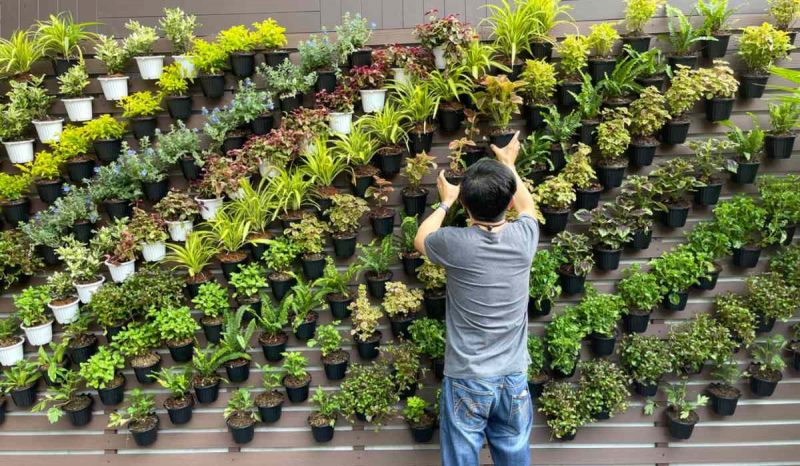
housing.com 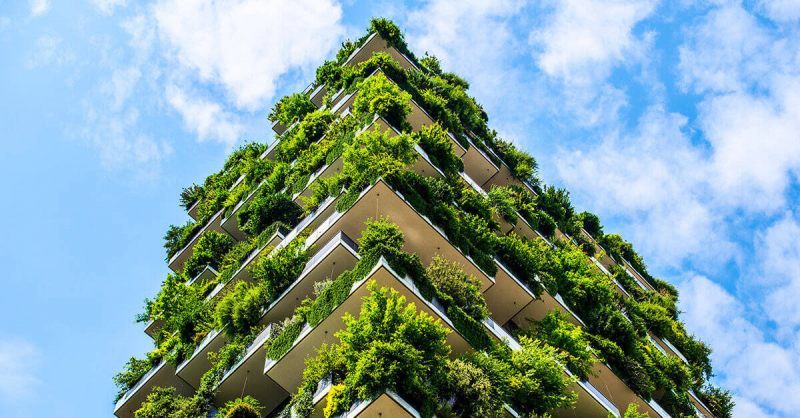
leadesign.com.au -
UHIs are largely caused by car and truck traffic. Cities clearly benefit from limiting their use, which also lessens air pollution and the severity of UHI. Less heat is absorbed by lighter-colored automobiles. In bumper-to-bumper traffic, dark-colored vehicles obviously outweigh the advantages of lighter-colored pavement.
However, any move to decrease the use of automobiles is met with opposition right once, particularly in the United States. There, in major cities, it is typical to be stuck in traffic for well into the end of the workday, and any decision made by the government to ban the use of dark colors for cars would be received with cries of protest about violations of individual liberties. The temperatures of UHIs would be quickly lowered by reducing the usage of automobiles, but this is unlikely to happen anytime soon.
It is a proven scientific fact that vehicle emissions increase in hot weather and contribute more to air pollution and UHIs. In order to lessen the impact of UHIs, it is therefore important to reduce traffic congestion. Without limiting the number of vehicles on the road, there are various ways to relieve congestion. These techniques are being researched and, in some cases, used in the UK.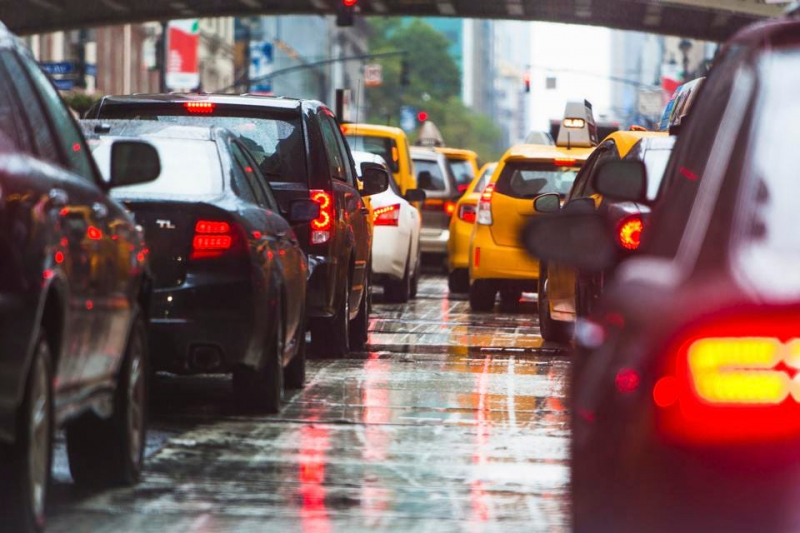
forbes.com 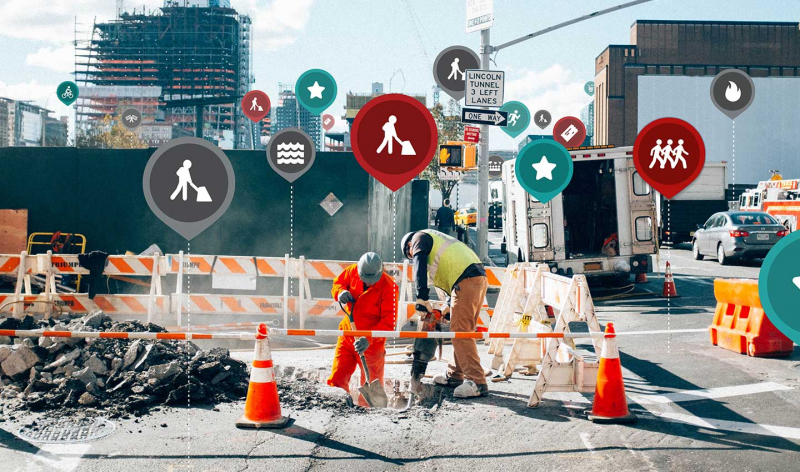
tomtom.com -
Streams and lakes' temperatures have been proven to rise as a result of stormwater runoff from warm pavement and roof surfaces. This is one of the best solutions to urban heat islands. Watery plant and animal life suffer when the temperature rises. The end effect is unclean waters that lose most of their capacity to chill and filter while also becoming lifeless. Another effect of UHIs that has an impact on both those who live in urban areas and those who live downstream is declining water quality.
Making bioswales—constructed dips in the landscape features that can temporarily collect water and allow it to cool before channeling it to streams—is one way to solve the problem. Permeable pavements absorb and distribute more water rather than sending it to storm drains, which helps to cool the urban area's surface. All of the above mitigation measures have the potential to reduce storm runoff, which will help lakes and streams. Due to the fact that water in rivers travels downstream, the impacts of UHIs on water quality affect aquatic species far from the heat source. The detrimental effect of UHIs on water quality is a key driver for cooling urban areas.
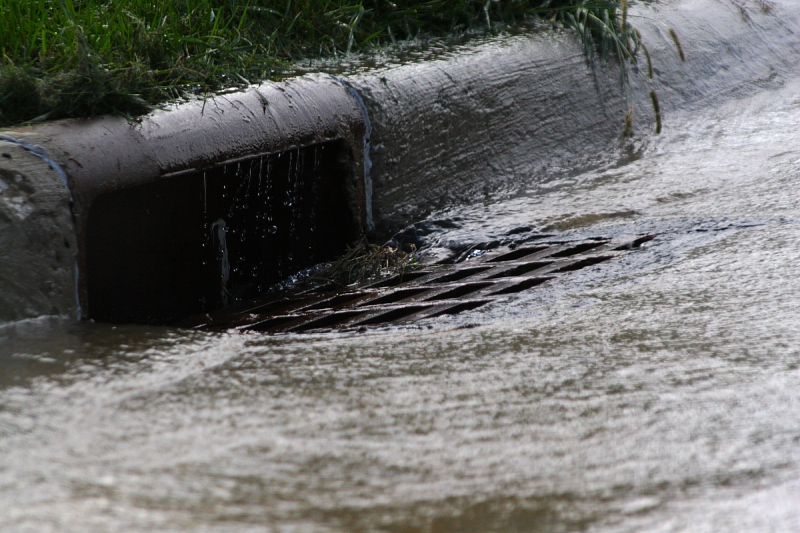
wikipedia.org 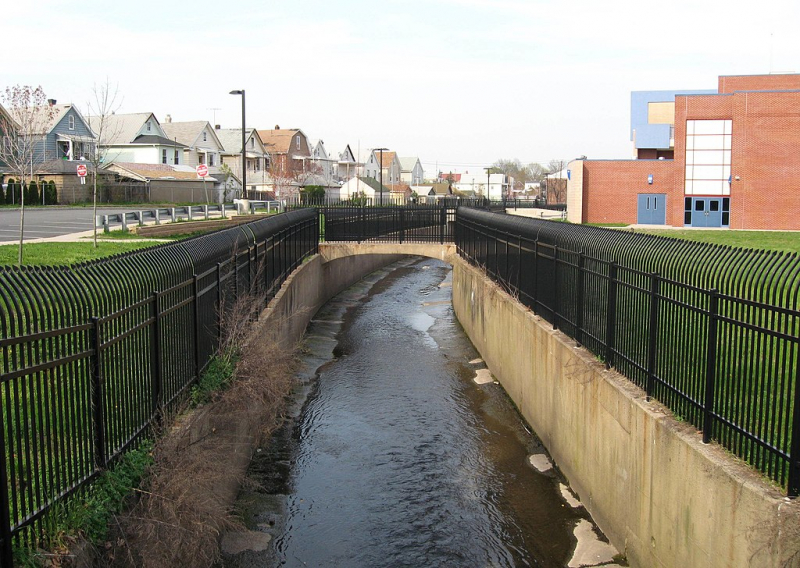
wikipedia.org -
Air conditioning cools interiors by absorbing heat which is released to the outside air. The city where the interiors are located is being heated while the interiors are being cooled. In essence, the heat (and humidity) inside a building is blasted outside. On a hot day in a congested region, enormous amounts of heat are added to the ambient air, forming a dome that traps heat-producing sunshine.
There is a huge chance to develop alternatives in nations where air conditioning is still in its infancy before it gets ingrained in daily life. The Indian government recently incorporated suggestions made by Thomas, Rawal, and others into its national residential building code (Rawal calls it "an extremely strong document"). Based on Indian field surveys and comfort levels, it permits greater indoor temperatures and mentions the "increasing incidence" of buildings that employ air conditioning as a last resort.
However, modern life cannot exist without refrigeration and air conditioning. To a large extent, the impacts of UHIs could be mitigated by using more effective techniques for cooling the air inside of buildings and automobiles. Air conditioning efficiency research is currently in progress. If and when it is realized, it will be one of several tools used by future generations to tackle the risks posed by UHIs.
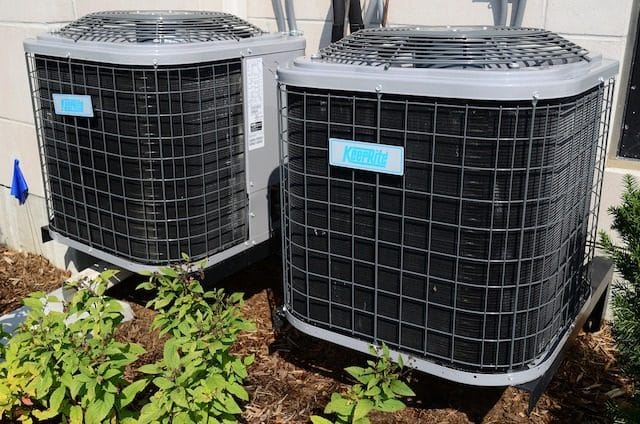
toptenz.net 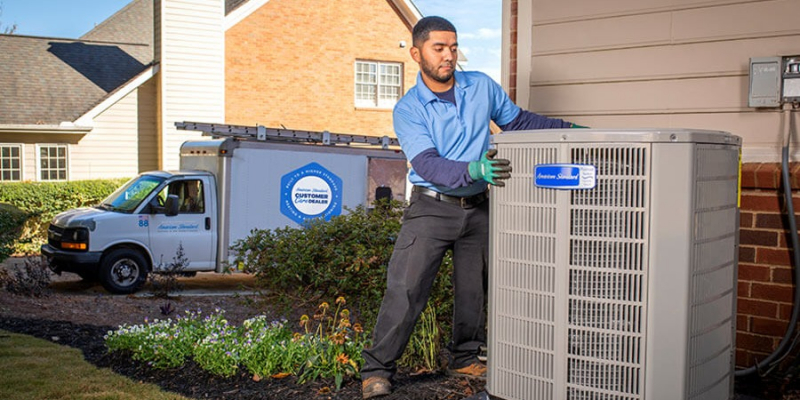
iaqmedics.com












